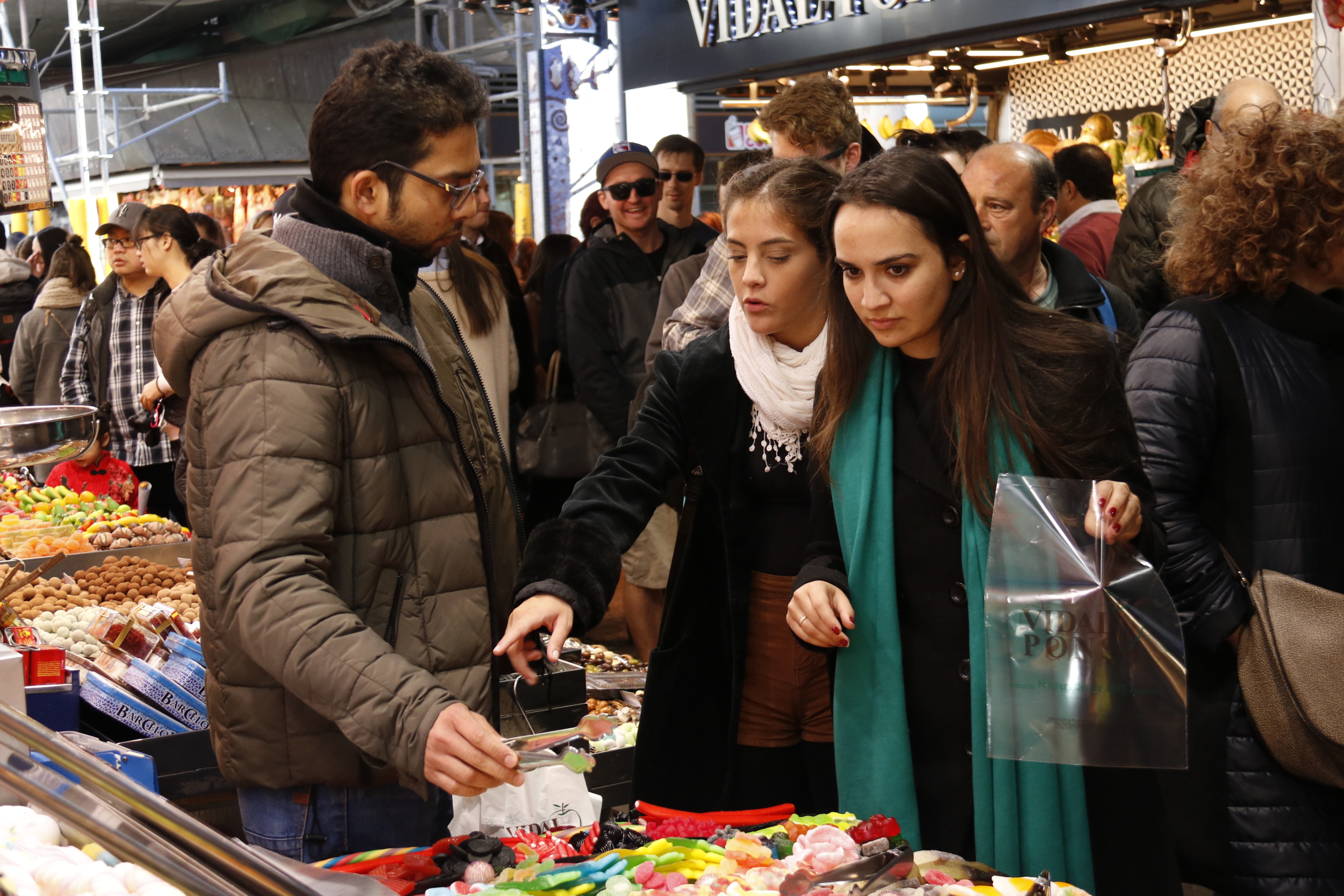October boost for Catalan economy
Latest figures show spending by foreign tourists and industrial production both rose in Catalonia last month

There was good news for the Catalan economy on Tuesday. Figures for October published by Spain’s national statistics office, or INE, show a 4.9% rise in spending by foreign visitors to Catalonia on the one hand, and increased industrial production of 7.8% on the other.
According to the INE’s survey on tourist spending, Catalonia was the community in Spain with the most spending by foreign visitors, accounting for 19.8% of the total. This was followed by the Canary Islands (19.7%), the Balearic Islands (17.1%), Andalusia (15.8%) and Madrid (10.7%).
Meanwhile, the INE also published figures on Tuesday showing that industrial production in Catalonia rose by 7.8% in October, nine decimal points above that of Spain as a whole. The figure is in sharp contrast to last October, when industrial production fell by 0.9% in Catalonia, and by 2.3% in Spain.
Average spending of €187 a day
The 4.9% rise in tourist spending amounts to 1.54 billion euros, an average of 1,033 euros per visitor and a daily average of 187 euros per person. What’s more, the increase in tourist spending is despite a 4.7% fall in the total number of visitors in October compared to 2016.
The INE figures also show that most foreign visitors to Catalonia in October came from the United Kingdom (19.4% of the total), followed by Germany (16%) and the Nordic countries (8.4%). Since the start of 2017, some 20.3% of foreign visitors were from the UK, 14.3% from Germany and 8.2% from France.
Largest rise among durable goods
As for the 7.8% rise in industrial production in Catalonia in October, the biggest increase was seen among durable goods (up 28.7%), followed by capital goods (up 11%), intermediate goods (up 10.2%) and nondurable goods (up 6.3%). Energy production was the only area to go down, falling slightly by 0.9%.
The figures put Catalonia in seventh place among Spain’s different communities, after Murcia, Asturias, Castilla-La Mancha, the Basque Country, Cantabria and Andalusia, in that order.